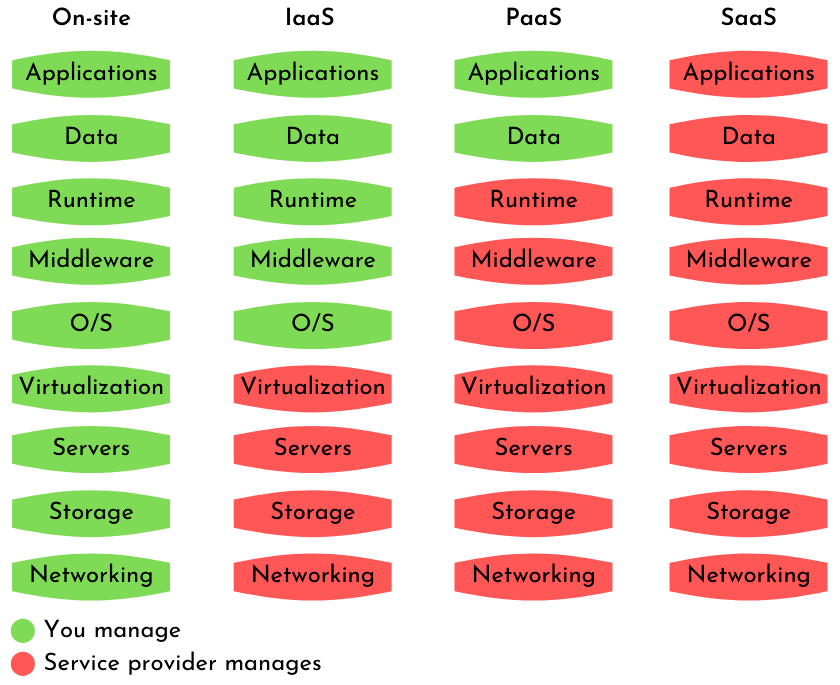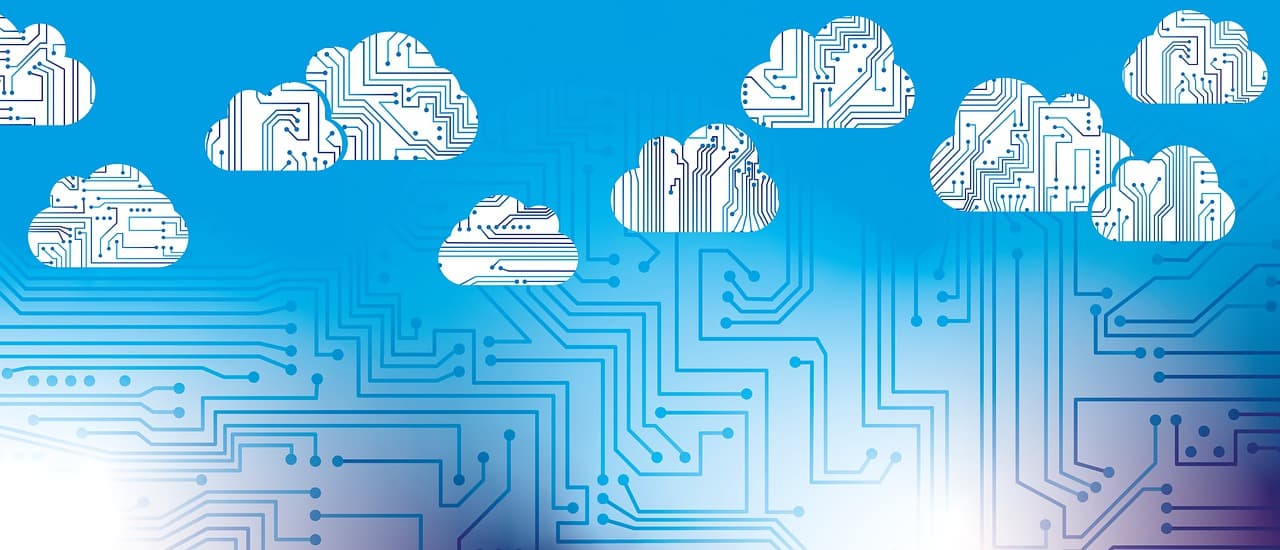Cloud Computing
Autumn is coming and with the lack of sun it is nice to be indoors, but inside the office you will not escape the clouds either since it is increasingly common for a large part of our resources to be found in them, especially those related to computing.
What is Cloud Computing?
Cloud computing is the on-demand availability of computer system resources, especially data storage (cloud storage) and computing power, without direct active management by the user. Large clouds often have functions distributed over multiple locations, each location being a data center.
Cloud service models
- Infrastructure as a service (IaaS): Companies contract the hardware infrastructure to a third party. This hardware allows you to choose the processing capacity, the memory to use and the storage space. IaaS is the foundation of the service and contains the fundamental building blocks for IT in the cloud, as it provides the necessary services and frameworks on which the other services are built.
Some examples are: Amazon Web Services, Microsoft Azure or Google Cloud.
- Platform as a service (PaaS): On these platforms applications such as databases, middleware, development tools, business intelligence services, etc can be launched. This type of service is ideal for developers who just want to focus on implementing and managing their applications. By not having to worry about hardware and software resources (operating systems), they improve their efficiency, focusing only on the part that interests them.
Some examples are: Google App Engine, Oracle Cloud Platform or AWS Lambda.
- Software as a service (SaaS): This model hosts the company’s software, as well as its data, on external servers, and pays a fee for its use. Any employee of a company will be able to access the company’s applications from anywhere without having to install them on a local computer. When we talk about cloud software we are talking about SaaS.
Some examples are: Gmail, Office 365 or Dropbox.

Cloud deployment models
- Private cloud: It consists of cloud computing resources used exclusively by a business or organization. The private cloud can be physically located in the data center at your organization’s site, or it can be hosted by a third-party service provider. But in a private cloud, the services and infrastructure are always kept on a private network, and the hardware and software is dedicated solely to your organization.
- Public cloud: This is the most common type of cloud computing deployment. Cloud resources (such as servers and storage) are owned by an external cloud service provider that operates them and is delivered over the Internet. With a public cloud, all hardware, software, and other supporting infrastructure is owned and managed by the cloud provider.
- Hybrid cloud: It’s any environment that uses both public and private clouds.

Advantages and disadvantages of Cloud Computing
With Cloud Computing you will have limited customization at a cheaper prize, it’s always going to be cheaper a restaurant’s menu than a personal chef.
Once the data is stored in a Cloud, it is easier to get the back-up and recovery of that, which is otherwise very time taking process on-premise, but having all your data in the cloud means that you depend on the reliability of the service and sometimes it can become a security risk.
You can access your data anywhere, anytime. That improves collaboration by allowing groups of people to quickly and easily share information in the cloud via shared storage. But it always depends on your internet connectivity, if that fails everything else doesn’t matter.
There is no hardware required, depending on your deployment model, the service provider will manage all the infrastructure but you will no longer in control of it in case something happens. As the joke says: The cloud is someone else computer.
Counting all advantages and disadvantages, what we can’t deny is that Cloud Computing is one of the fastest growing technologies nowadays and something to thing about when implementing your projects.

We hope this article has been useful to you. If you have an engineering project in your hands and you think we can help you, here is the link where you can contact us and explain more about it.

